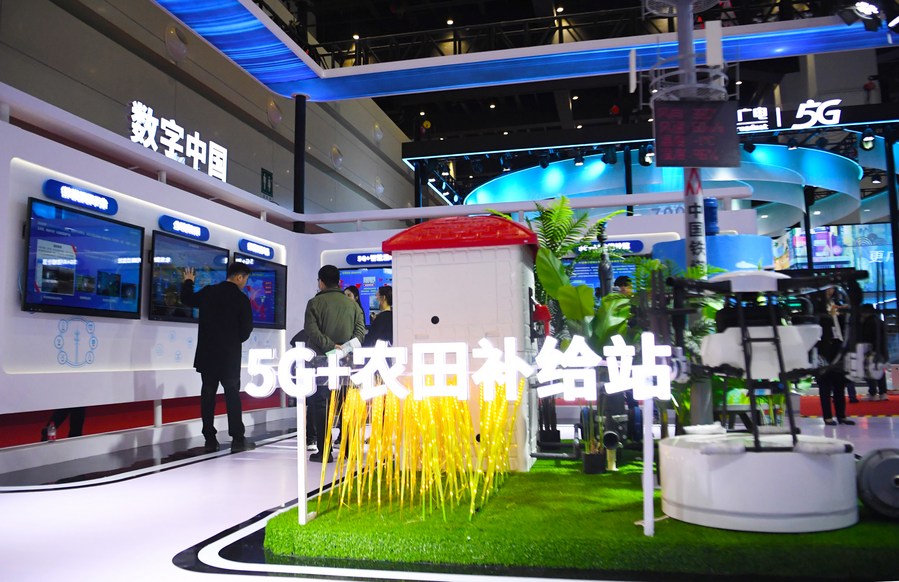5G: 5 Years and Counting

The evolution of global telecommunications points toward China becoming a frontrunner not only in technology development but also in its application.
June 6 marked the fifth anniversary of the commercial launch of the fifth-generation (5G) mobile network in China. On this date in 2019, the Ministry of Industry and Information Technology (MIIT) issued the first 5G commercial licenses to China Mobile, China Telecom, China Unicom and China Broadnet, the country’s most influential players in the telecommunications sector.
With its high speed, low latency and multiple connections, 5G technology has since revolutionized a wide range of industries, including big data and artificial intelligence (AI), enabling seamless connectivity for a multitude of devices. Smart household appliances, along with progress in telemedicine and driverless technology, are already (becoming) part of people’s daily lives and work routines.
China’s 5G sector has seen rapid expansion over the past five years. According to MIIT figures, as of late April, 3.75 million 5G base stations had been installed nationwide, constituting 31.7 percent of the total number of mobile base stations in the country. The number of 5G-subscribing mobile phones had reached 889 million, accounting for 50.6 percent of all mobile phones in use in China.
Since its commercial launch five years ago, 5G technology has directly generated a total economic output of some 5.6 trillion yuan ($787.62 million) and indirectly boosted economic output by 14 trillion yuan ($1.97 trillion).
These figures highlight China’s leading position in global 5G applications. In China, the technology has been widely used across many sectors, including manufacturing, agriculture, transportation, education, healthcare, aviation and power, accelerating the country’s digital transformation. It serves not only as strategic infrastructure supporting digital and intelligent transformation, but also as a leading industry propelling industrial restructuring.

5G technology has enhanced the competitiveness of Chinese industries. China’s progress has also had a profound impact on a global scale, promoting the technology’s development and application worldwide. Currently, China’s essential 5G standard patent claims account for 42 percent of the world’s total, playing a pivotal part in pushing global 5G development forward.
China is working to promote the continuous evolution of the technology, including advancements like 5G-Advanced (5G-A), which is set to unlock new possibilities for the Internet of Everything (IoE), which builds on the concept of the Internet of Things by including humans and their interactions. It promises not just faster data speeds, but also better reliability and power savings.
By integrating with technologies such as cloud computing, big data and AI, 5G-A will facilitate the establishment of new industrial models. China Mobile has already launched the world’s first 5G-A commercial plan and will expand it to over 300 cities nationwide, laying the groundwork for the most extensive commercial 5G-A network worldwide. Based on the 5G fundamentals, China has also started research and development of 6G technology.
The evolution of global telecommunications points toward China becoming a frontrunner not only in technology development but also in its application. Any country that seeks to restrict the use of 5G products produced by tech titan Huawei and other Chinese companies or hinder chips trading with China is actually hampering the growth of its own telecommunications technology. This is clearly not a forward-looking approach.
Over the past five years, China’s 5G achievements show just how important it is to reframe the narrative around Huawei and other Chinese 5G developers and consider them potential collaborators. Engaging in targeted measures against these entities, or pressuring and coercing other countries to do so, is a misguided approach with misplaced targets.
Everyone must recognize that in the imminent era of the IoE, the underdevelopment of 5G infrastructure will exacerbate development disparities across industries and nations.
 Facebook
Facebook
 Twitter
Twitter
 Linkedin
Linkedin
 Google +
Google +










